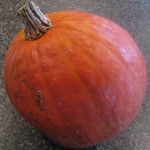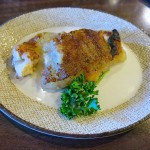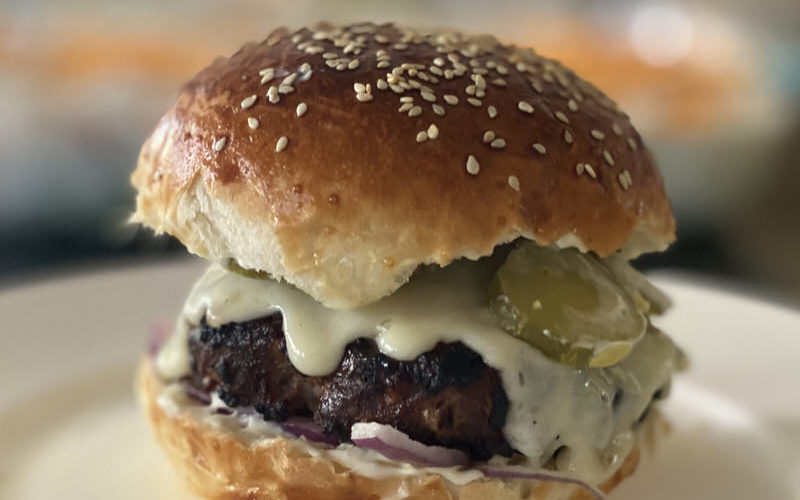- register for, and take a Food Safety Course
- dedicate a hand washing sink, and a dish washing sink,
- get flat surfaced tiles over the cooking area
- get the chemical strips that measure the amount of bleach in the sanitizing water to ensure that the sanitizing solution is actually sanitizing, and still safe and healthy to use (this is a bleach and water solution)
- get an acurate thermometer, and use it
- teach my students what they need to know to keep the food in the kitchen clean and keep themselves safe
Kate Chegwin Catering Club Cooks!
This is our second press coverage this fall. Whoo-hoo! The idea of Edible Education is huge. Getting students interested in food is effortless. Getting them interested in eating healthy, nutritious, good, clean and fair food takes a little more time, but is suprisingly not difficult. It is a very natural process, actually, and the results are always the same. They get it. They love it. They do it.
Take a look at the Edmonton Journal article yesterday here: http://www.edmontonjournal.com/life/Students+serve+lunch+with+relish/2267928/story.html
and then come back to read our back story.
The Catering Club was started last year in the fall with a huge interest from the students. The first meeting had over 50 students. Everyone wanted to cook. There were road blocks along the way to our success, but the “club” really got into major motion in February of last year, but we were not catering for anyone. We were just cooking, tasting, and getting to know one another, and getting to know the importance of good hygiene and safety when wotking in the kitchen together.
I met with the Hany, our Health Inspector in early March, and found out what I needed to do to get this program rolling, then I did it.
That was easy. Truly. The course was interesting, and one entire day. Now we were ready to start to make and sell nutritious lunches to the staff and students at our school. The taste education happens in our Catering Club. I plan the meals with student input, if someone brings in an idea that they are really excited about, or if something suddenly goes on sale, we change our plans.
Anyone can join Catering Club, whether they are in my foods class, or not. They can come any time: once a week, once a year, sporadically, or regularly. Whatever works for them. We all welcome new comers. My students are my best recruiters.
There are about 20 students each evening in the Catering Club. Tuesday evenings from 3-4:30 is usually time for me to do taste education and for the students to become mad scientists: baking, and making, and tasting, and involved in the development of an acute awareness of the difference in the quality and the taste and texture of food.
Wednesday evening from 3-4:30 is completely focused on preparing the meal for Friday’s lunch. The attendance doesn’t really vary. I thought that students would be far more interested in cooking for themselves than in coming to the Wednesday club time. But, I was wrong. Students come because they love to learn how to cook good, clean, and fair healthy food. They are not afraid of the hard work. They exude pleasure and enjoyment throughout the entire peeling, cleaning, washing, mincing, dicing and julienning sessions. The students naturally celebrate teh tastes of raw food, the smells, and the colours. I don’t have to say anything about it. Their comments and conversations are so astute and important that I am consistently compelled to share this experience with whomever I can.
I bring in a big bowl of all colours and shapes and kinds of potatoes. Each student touches, and feels, and smells and tastes and compares mouthfeel, and crunch (or lack of), sweetness, bitterness, starchiness, similarities and differences etc, of these potatoes raw. Then we cook them, and we go through the same process again. An occasional student will pass on a taste. Nothing is ever forced. But most are extremely perceptive and keen as they move back and forth testing and tasting and talking to one another about what they think about each potato, what they like, prefer, don’t care for, and why.
I do the same with apples, and tomatoes, and carrots, and any other vegetable and fruit I can possibly do it with.
Then, once we make something, like a pie, or a crisp, or a soup, or a meatball, I buy the best premade processed equivalent I can find, or two, and we compare all of the aspects of those with the ones made from scratch with our own hand.
We compare costs. We compare nutritive value. But, not on paper. As part of the conversation, or on a white board to calculate differences… within out group… this learning is fundamental. The teaching is so easy. The time spent is priceless and is providing these specific yought with foundation for a different future. A future of healthy living and eating and one where they have learned and experiences the differences in and where they understand their personal power and its importance to their future health, and to the health and sustainability of our planet. We talk about that, too.
I spend as much of our money as I can at Farmer’s Markets. I have to buy certified produce as we are a school and bound by the laws of Alberta Health Services. This is a cost recovery program. My students pay nothing. They keep half of whatever they make. The other half goes to me to sell at our school store. For the nutritious lunches, as this food is sold as close to cost as possible, to encourage and enable student purchase, catering club students get a discount.
That is out back story. It is an important one. It would be my hope that the young parents of today understand the critical importance of cooking from scratch with their toddlers, of making the dinner meal the center of their day, and of understanding the crisis our youth are facing as most are growing into “excellent students of this Fast Food Nation”, encouraged by almost every adult they know through the “treats” bestowed upon them.
We all need to change.
httpv://www.youtube.com/watch?v=zuDI0GNY_TA












The warm smiles on these young ladies faces says it all. What a blessing for these students to have you guide them through making their food from scratch with their own hands. Our world has lost a lot of the warmth and comfort of cooking with love and passion, not to mention the nutrition. Healthy eating will change young lives and the lives of their future families. Good for you Val! Changing lives one meal at a time. Priceless! 🙂
When one gets older, one thinks about “leaving their mark”. Yes, mine will be a small streak of sauce or some crumbs on someone’s plate! At least, I HOPE that will happen!!XOXO